I’m sure you’ve heard the phrase, less is more. It’s a directive of sorts, attributed to architect Ludwig Mies van der Rohe, that defined the minimalist movement back in the ’50s and ’60s. It is good advice to consider whether decorating a room, adorning oneself with jewelry or adding that last blob of paint, line or collage piece to an artwork you’re completing. What I have learned over the years is that less is not always more; sometimes, more is more.
Unless the intent of the artwork is predicated on the simplicity of a line, a block of color, a texture, etc., we generally try to include the kind of details and images that convey the point or story we are telling.
More Details
Consider my chair pictured to the right, called “Hazard.” I cut it out of a piece of lauan, which can be purchased as a thin, veneered plywood. I had in mind the occasional chair seen cast off on the side of the road. I used hazard-tape yellow, jagged shapes and heavy textures to convey a sense of discomfort — one that might make a person hesitate before sitting on such a chair. In general, I made the point, but something was off. An energy was missing. As I thought about it, I realized I needed to push the envelope. The piece needed more, but not a halfway measure — it required a statement.
More Edges
And so, I cut up the chair. I could have made a leg jagged or a corner or two broken, but that still would not have given it the punch the piece needed. In the second image to the right, you can see I sliced and overlapped the top of the chair. I cut each of the legs at different angles and layered them to create added dimension. I think it worked. What do you think?
More Depth
If you are working on a piece that looks nice but lacks something, don’t be afraid to push the envelope. Maybe use a bold color, unexpected texture or unusual shapes. Go over the top. Doing so is a risk, but it will be memorable. If you choose a solution that appears tentative, it will be a greater risk. It will cause the artwork to appear flat, and you will be unable to engage the viewer to tell your intended story.
In the spirit of more is more,
Lynn
More Details
Consider my chair pictured above, called “Hazard.” I cut it out of a piece of lauan, which can be purchased as a thin, veneered plywood. I had in mind the occasional chair seen cast off on the side of the road. I used hazard-tape yellow, jagged shapes and heavy textures to convey a sense of discomfort — one that might make a person hesitate before sitting on such a chair.
In general, I made the point, but something was off. An energy was missing. As I thought about it, I realized I needed to push the envelope. The piece needed more, but not a halfway measure — it required a statement.
More Edges
And so, I cut up the chair. I could have made a leg jagged or a corner or two broken, but that still would not have given it the punch the piece needed. In the image above, you can see I sliced and overlapped the top of the chair. I cut each of the legs at different angles and layered them to create added dimension. I think it worked. What do you think?
More Depth
If you are working on a piece that looks nice but lacks something, don’t be afraid to push the envelope. Maybe use a bold color, unexpected texture or unusual shapes. Go over the top. Doing so is a risk, but it will be memorable.
If you choose a solution that appears tentative, it will be a greater risk. It will cause the artwork to appear flat, and you will be unable to engage the viewer to tell your intended story.
In the spirit of more is more,
Lynn
More From PCF
Pinellas Community Foundation has supported the arts in Pinellas County for nearly 50 years. We are proud to highlight and support the work of talented people like our Artist in Residence, Lynn Foskett Pierson. Our generous donors allow us to continue a legacy of fostering cultural achievements and progress right here in Florida.



